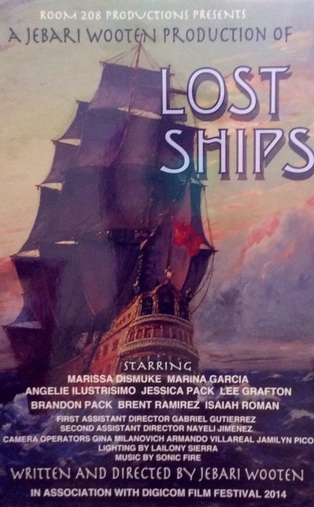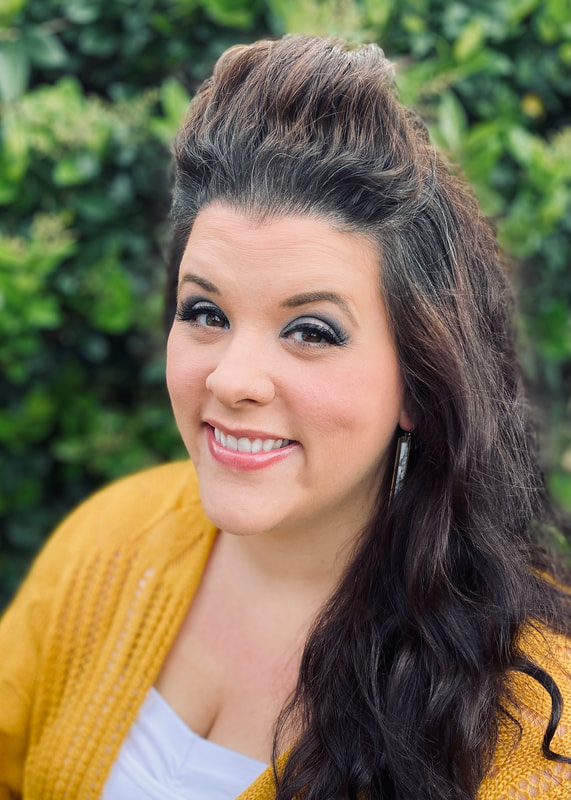|
This past year, my students took on the largest film project ever attempted at JWMS. Jebari, one of my 8th grade video production students, wrote a really wonderful script about a boy whose parents are getting a divorce; the boy decides to get creative and seek lost treasure in order to solve his parents’ financial woes and save their marriage. Where does one find a sunken pirate ship and lost treasure in the middle of the southern California desert? At the Salton Sea, located at the eastern end of the Coachella Valley. Based partially on local lore, Jebari cobbled his script together from various versions of the legend of the lost ship and his own creative ideas. When Jebari came to me with his project idea, I was immediately supportive because my favorite answer to give students is, “Yes!” I thought his idea was original and the script had the potential to make an emotional impact as well. Jebari wanted to cast the movie with AV Club students and utilize video production classmates to round out his crew. All of it - the story, the performances, and the potential success of the project hinged on filming on location. Though my students currently have access to a green screen and three-point lighting, Jebari and I talked at length about how much we needed to be able to film off campus. Enter DigiCom Productions and two of the producers of the Palm Springs Unified DigiCom Film Festival, David Vogel and Dr. Lee Grafton. They graciously read Jebari’s script and decided to fund almost $1,000 of travel expenses for my students to be able to plan and execute two days of on location filming. We filmed at two different sites: the Salton Sea and a residential neighborhood in Indio. (Our school is located in Cathedral City, at the west end of the Coachella Valley.) Here’s a look behind the scenes of “Lost Ships”... Lessons Learned During Production Throughout the production of “Lost Ships,” my students and I learned two big lessons. The first realization we reached is that movies are made in the editing room. The first cut of “Lost Ships” was over twenty minutes in length; the second cut didn’t get much better and sat at a solid sixteen minutes in length for the better part of a week as we scratched our heads and tried to figure out how to condense the storyline. After several more cuts and many hours, Jebari and his assistant directors and editors adopted a non-linear approach to the storytelling of “Lost Ships.” It wasn’t until we all agreed to throw the script out and create the best story from the footage we had that my students struck gold. The second lesson we learned involves some ideas about filming on location: You will always need to do a reshoot. Before filming on location, my students drew extensive storyboards, tirelessly rehearsed their script, planned to accommodate for lighting changes throughout the day, and even then, they needed to do a reshoot. No matter how prepared you are going into it, there will always be elements out of your control, unforeseen complications, and moments during post-production when you think, “If we only had a shot of _______.” Hence, having the opportunity to revisit locations is crucial to creating the best product possible. Here is what Jebari had to say about filming on location: “Filming on location is scary and fun because it’s a new atmosphere. However, you have to make sure you can get all the footage you need while you’re there. Actors should prepare by knowing their scripts and the crew needs to manage equipment efficiently. Take everything with you - props, tripods, extra cameras, batteries. If you’re filming in full sun, umbrellas are helpful. Bring your storyboards and don’t forget to look at them consistently, but be open to new ideas for shots since you don’t know what your location will be like before you get there. There is always something to do, so don’t let people just sit around. Keep them motivated and focused on the mission - telling a great story.” - Jebari W. The Finished Product: "Lost Ships" Students worked for over five months to produce "Lost Ships" from beginning to end. Their dedication and passion for this project really paid off, as demonstrated in their final product... The cast and crew of “Lost Ships” were recognized recently at the California Student Media Festival as “Lost Ships” won an award for “Best Storytelling.” Students were also staggered to learn that in a little over a week, “Lost Ships” will premiere at the Palm Springs International Short Film Fest as part of the DigiCom Best of Fest Student Showcase! Also, Jebari and another student from my video production class, Gina, will receive all access filmmaker’s passes at Fest to be able to interact with adult filmmakers from around the world…wow! Since Jebari is an 8th grader, he promoted to high school this past Thursday, as did two of the film's actors, Brent and Marissa. Having been their video production teacher for the last three years, I will be honest and admit that I had a couple of tearful moment in my classroom after all my kids left. Sometimes, there are groups of kids who have this incredible, beyond ordinary connection - with one another, with me, with the medium of digital storytelling. So, sometimes it’s hard to say goodbye. But I definitely know that these kids are destined for great things. I'm looking forward to seeing what they do in the future! Movie Poster for "Lost Ships" Premiere at Palm Springs International Short Fest
Designed by Larry Fulton
1 Comment
7/26/2017 10:19:56 am
its development rapidly through all platforms and also need to download it if you have actually currently not played prior to.
Reply
Your comment will be posted after it is approved.
Leave a Reply. |
Author: Jessica PackCalifornia Teacher of the Year. CUE Outstanding Educator 2015. DIGICOM Learning Teacher Consultant. 6th Grade Teacher. Passionate about gamification, Minecraft, digital story-telling, and fostering student voices. Download:Archives
June 2020
Categories
All
|


 RSS Feed
RSS Feed